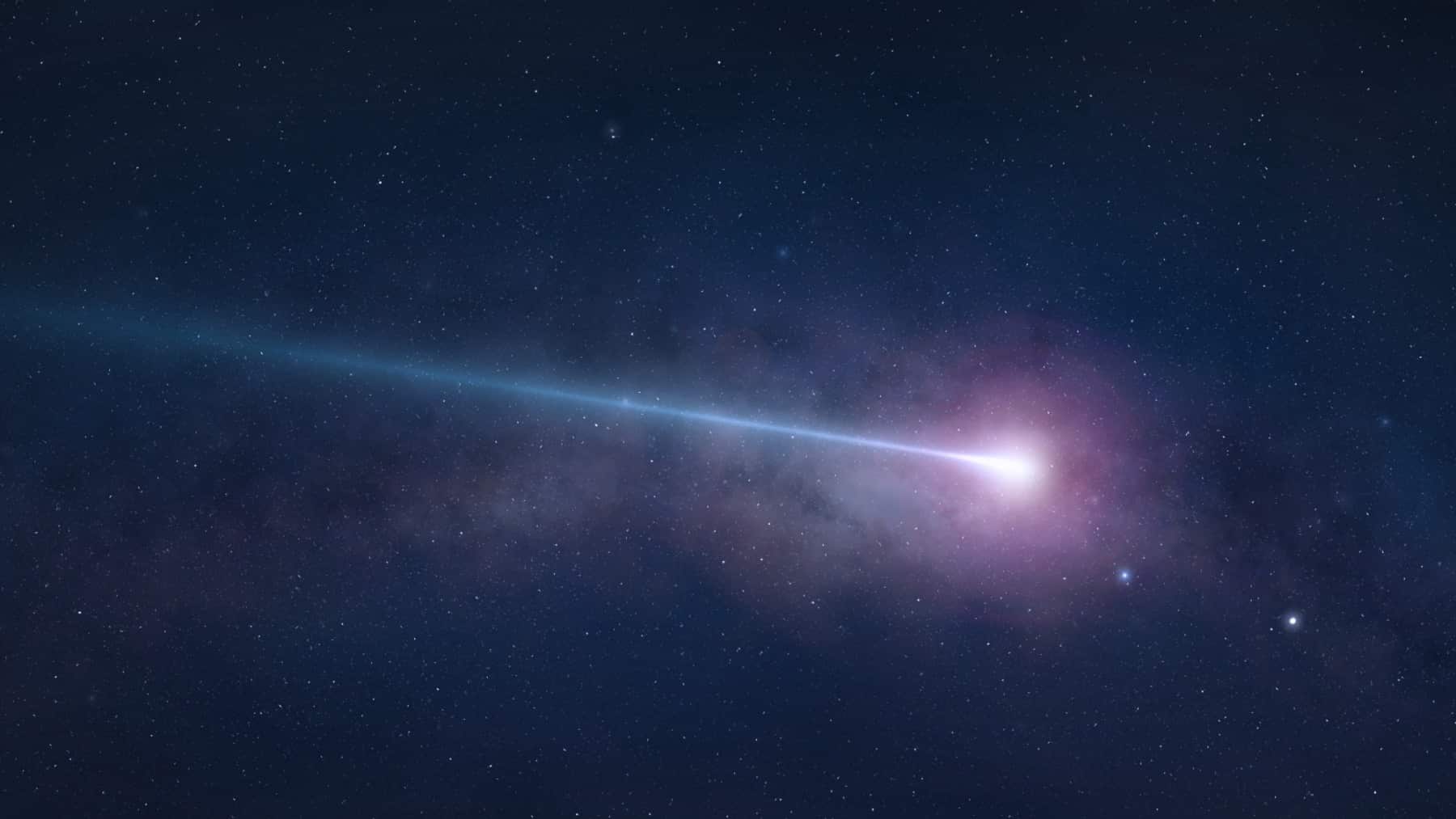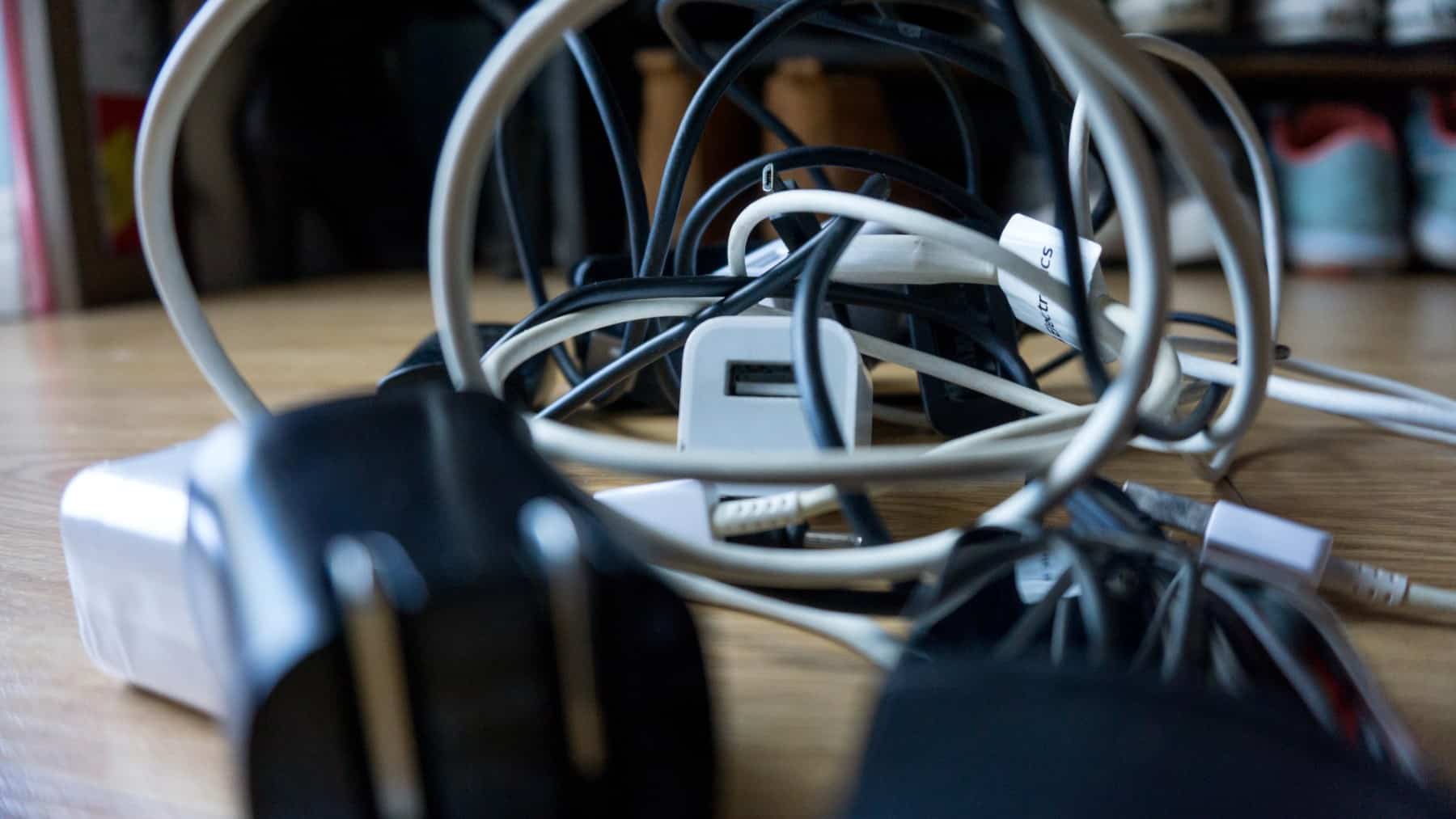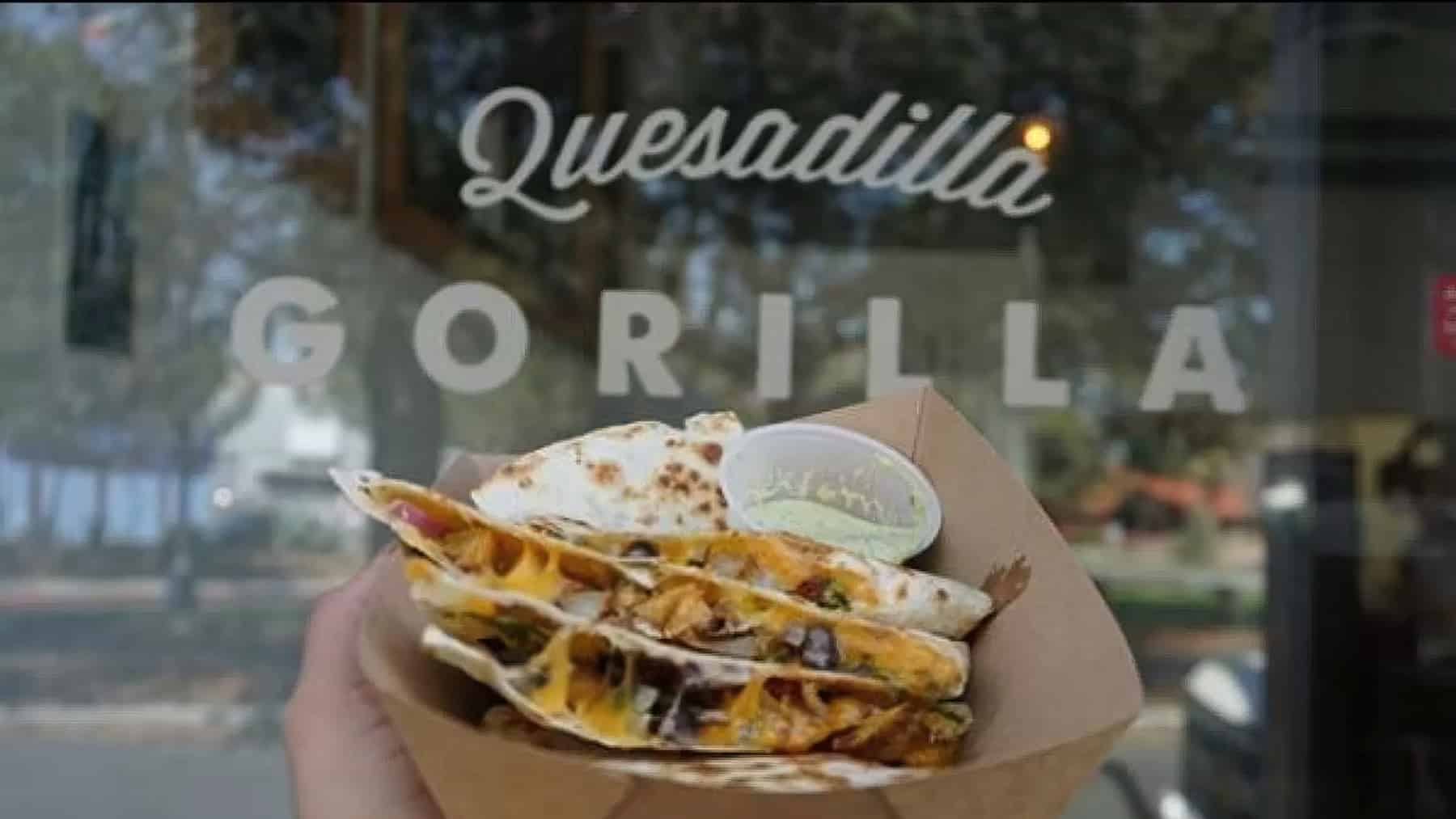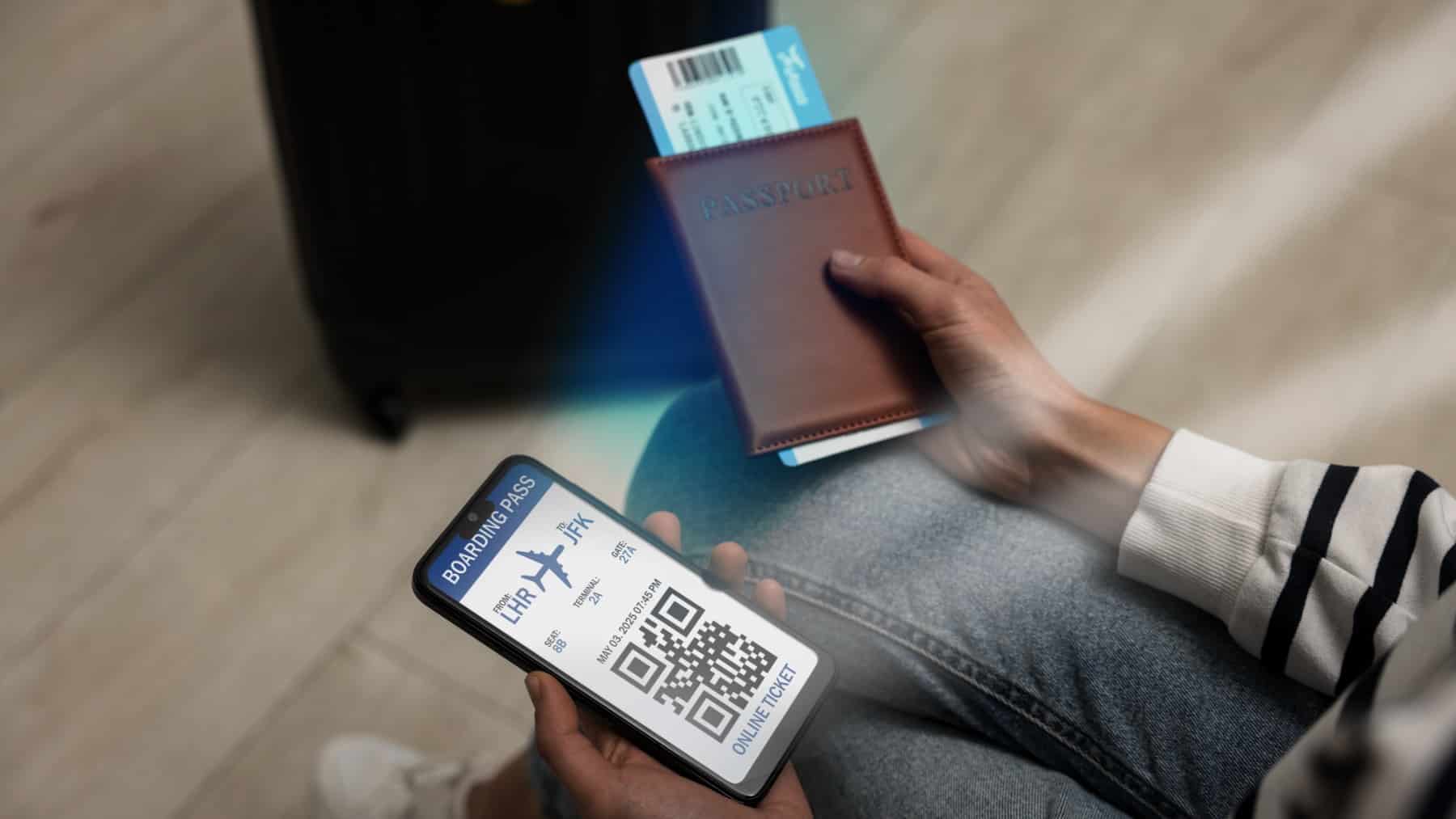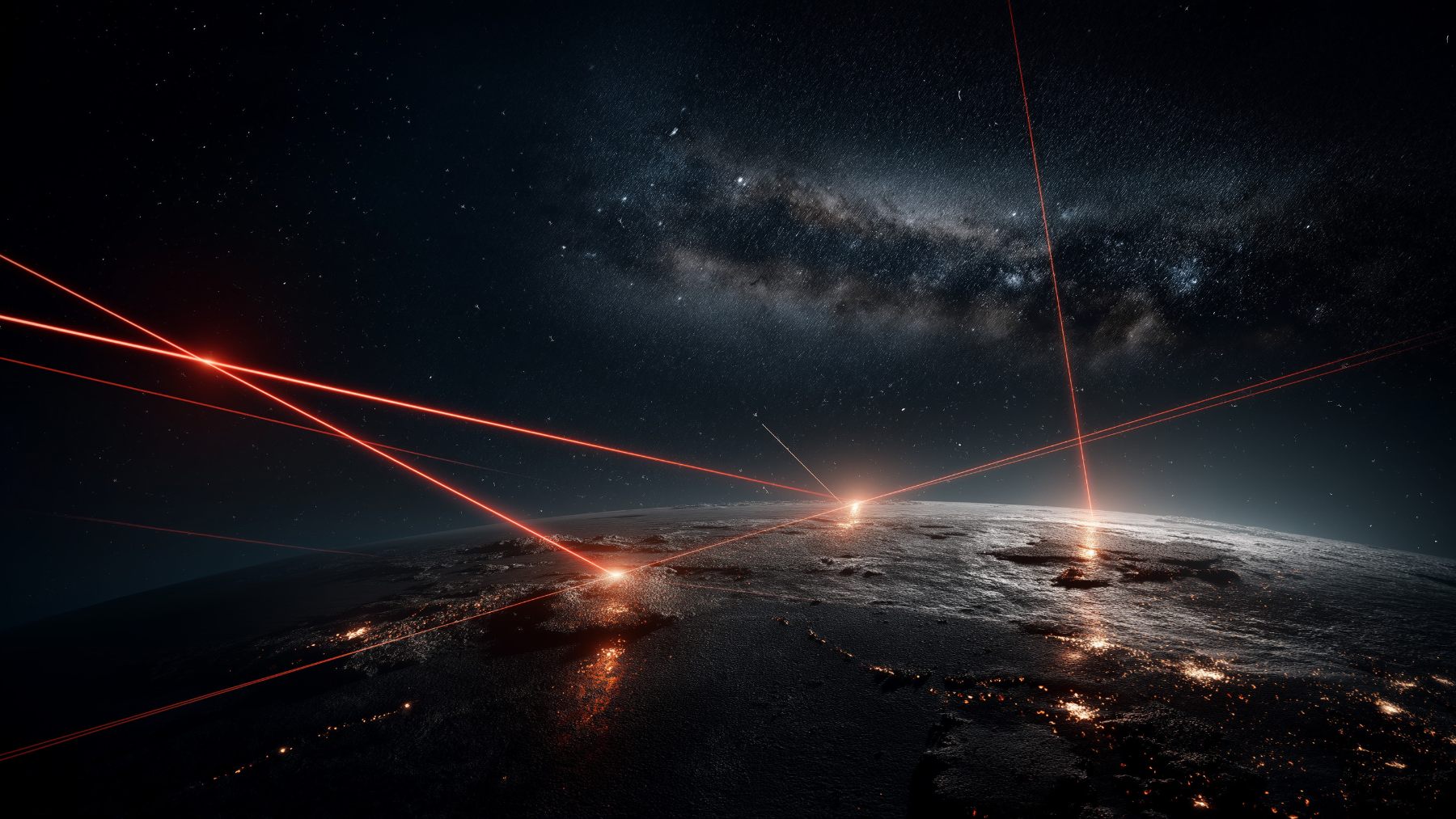The 1990s were a golden age for corporate marketing wars. Few rivalries were as fierce—or as expensive—as the one between Coca-Cola and Pepsi. In 1996, Pepsi launched a massive global relaunch called “Project Blue.” It represented a global investment of approximately US$500 million for the brand. As part of this strategy, the brand used the most spectacular symbol of speed and modernity of the time: the supersonic Concorde aircraft.
The collaboration with Air France turned these majestic jets into spectacular cobalt blue billboards. However, therein lies the irony that marked the failure of this advertising stunt. The vibrant blue color (perfect for the Pepsi brand) became an insurmountable technical limitation; the fastest jet in the world was forced to fly, ironically, much slower because of Pepsi’s colors.
Why the Concorde Was White
If a normal airplane is usually scientific, imagine the complexity of a spacecraft capable of supersonic flight. At Mach two, air is not just air: it is a source of intense heat due to aerodynamic friction. The surface of the aircraft becomes a traveling oven. As it reached maximum cruising speed, the aircraft’s exterior reached extreme temperatures: the nose section reached around 120°C, while the main cabin regularly reached temperatures close to 90°C.
This is why the Concorde needed to be white as an absolute engineering requirement. The color was not just white, but a specialized, highly reflective coating. Its mission was to efficiently dissipate the heat accumulated in the structure. This system was essential to maintain the structural integrity of the aluminum, which could not withstand prolonged exposure to the highest temperatures. Like Icarus’ wings, the Concorde was in danger of melting by flying too close to the sun and too fast.
In short, the color was not a fashion choice, but a vital part of the aircraft’s thermal design.
The Clash Between Brand and Science: Pepsi vs. Concorde
The Air France Concorde model chosen to become an advertising vehicle to see if they could F-BTSD, known to the crew as “Sierra Delta.” The problem became apparent when they tested cobalt blue paint on aluminum. Light colors reflect heat, but dark colors absorb it. The Pepsi blue absorbed much more solar radiation than the structure could safely handle through friction. This caused the heat to build up at a much faster rate than designed.
As a result, engineers from Air France Industries and Aérospatiale had to intervene urgently. They calculated that sustained flight at maximum speed would jeopardize the integrity of the aircraft, so they issued strict orders regarding speed limits during the promotional campaign weeks. It was only allowed to fly below Mach 1.7 and could not reach Mach 2 for more than 20 minutes.
To add to the disappointment, only the main fuselage was painted blue, while the cabin remained its original white color. This was because the fuel tanks were stored there. Readers can imagine the drama that would ensue if this essential part of the aircraft were to reach extreme temperatures.
Despite the limitations, the blue Concorde “Sierra Delta” continued with its planned promotional tour. For a few weeks in 1996, it toured the most important cities in Europe and the Middle East. It caused a sensation as a public relations tool for Pepsi… but it was still ironic in terms of logistics. After all, the fact that this jet—specifically designed to cross the Atlantic in half the time of any other—could not use its greatest technical advantage was a waste.
Fortunately, the aircraft did not suffer any permanent structural damage despite that cobalt blue paint job that was so detrimental to its flight. It continued to fly for Air France until its official retirement in 2003. Today, the “Sierra Delta,” the jet that sacrificed speed for spectacle, rests at the Air and Space Museum in Le Bourget, France.



